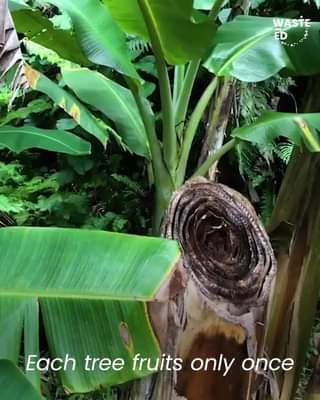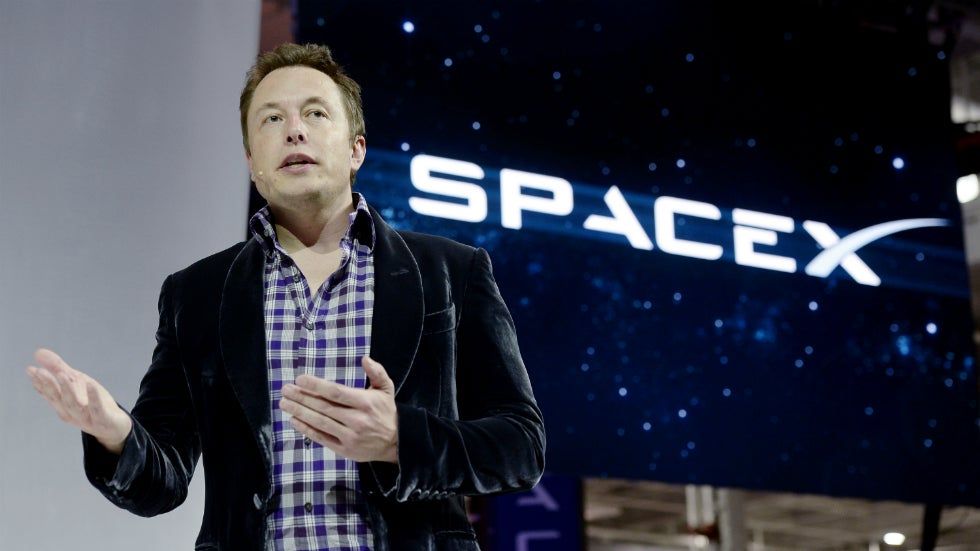Onboard visual state estimation can save your quadrotor from a crash—and doesn’t need GPS to do it.
Get the latest international news and world events from around the world.


Bill Gates: The 2021 60 Minutes interview
Changing literally everything to get emissions to zero.
“Without innovation, we will not solve climate change. We won’t even come close,” Gates says. Anderson Cooper reports for 60 Minutes. https://cbsn.ws/3qnNDyG
Watch Full Episodes of 60 Minutes HERE: http://cbsn.ws/1Qkjo1F
Get more 60 Minutes from 60 Minutes: Overtime HERE: http://cbsn.ws/1KG3sdr.
Relive past episodes and interviews with 60 Minutes Rewind HERE: http://cbsn.ws/1PlZiGI
Follow 60 Minutes on Instagram HERE: http://bit.ly/23Xv8Ry.
Like 60 Minutes on Facebook HERE: http://on.fb.me/1Xb1Dao.
Follow 60 Minutes on Twitter HERE: http://bit.ly/1KxUsqX
Get the latest news and best in original reporting from CBS News delivered to your inbox. Subscribe to newsletters HERE: http://cbsn.ws/1RqHw7T
Get your news on the go! Download CBS News mobile apps HERE: http://cbsn.ws/1Xb1WC8

Grumman’s LongShot drone can search & destroy
Instead of firing missiles, planes may carry and launch unmanned drones that will be able to shoot their own missiles to search and destroy targets.
Aerospace giant Northrop Grumman is wasting no time in this competition.
Just two days after DARPA named it as one of three competitors for the LongShot contract, the company released an image of its concept for an air-launched unmanned aircraft system (UAS), Aviation Week reported.
Imagine an unmanned aircraft, speeding ahead of its launch aircraft, that itself can fire multiple air-to-air intercept missiles that can seek out and destroy.

Cosmos Neil Degrasse Tyson 2020
Neil Tyson is a man to listen to!!
Check out his documentary series: COSMOS.
Like.
How Solar Sails Are Remaking Space Exploration
Using the pressure of the sun’s rays to propel spacecraft, solar sails will allow future unmanned missions to be longer and cheaper while reaching the outer solar system—and possibly beyond.
#Moonshot #Space #BloombergQuicktake.
——-
Like this video? Subscribe: https://www.youtube.com/Bloomberg?sub_confirmation=1
QuickTake Originals is Bloomberg’s official premium video channel. We bring you insights and analysis from business, science, and technology experts who are shaping our future. We’re home to Hello World, Giant Leap, Storylines, and the series powering CityLab, Bloomberg Businessweek, Bloomberg Green, and much more.
Subscribe for business news, but not as you’ve known it: exclusive interviews, fascinating profiles, data-driven analysis, and the latest in tech innovation from around the world.
Visit our partner channel QuickTake News for breaking global news and insight in an instant.

Sci-Fi Saturday: We Have Met the Aliens and They Are Comb Jellies
Definitely watch it for the sense of isolation when our technology bubble evaporates and for the “comb jelly” space alien.